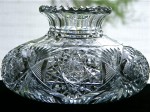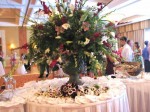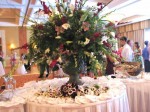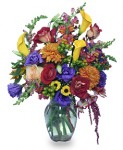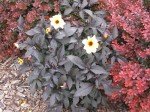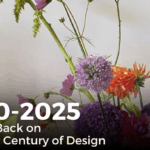Ask the Expert: How to use a flower center
Hello:
I recently acquired this beautiful cut glass flower center ca. 1905 and would like to know what type of flowers from that era would have been used. The vase measures 5″ in height and has a base diameter of 8″. Thanks for your help. Michael
Flower Expert Reply:
What a beautiful vase. Take your lead from the Victorian Era. During the Victorian Era (Romantic Age), the growing and arranging of flowers was very popular. Popular flowers at the time were streaked carnations or tulips, anemones, dahlias, freesias, gardenias, salvia, stephanotis, sweet pea, sweet William, verbena and roses. The use of foliage was popular as well. So, you could use fern or plumed grasses in your vase. Strong colors like dark purple, magenta, red, orange and mustard yellow were often the popular choice for flower arrangements.
Any flower you choose will compliment your beautiful vase. Please send a picture of the vase filled with flowers. I’d love to see it.
Pittsburgh florists like this flower question.


 Find Your
Find Your 